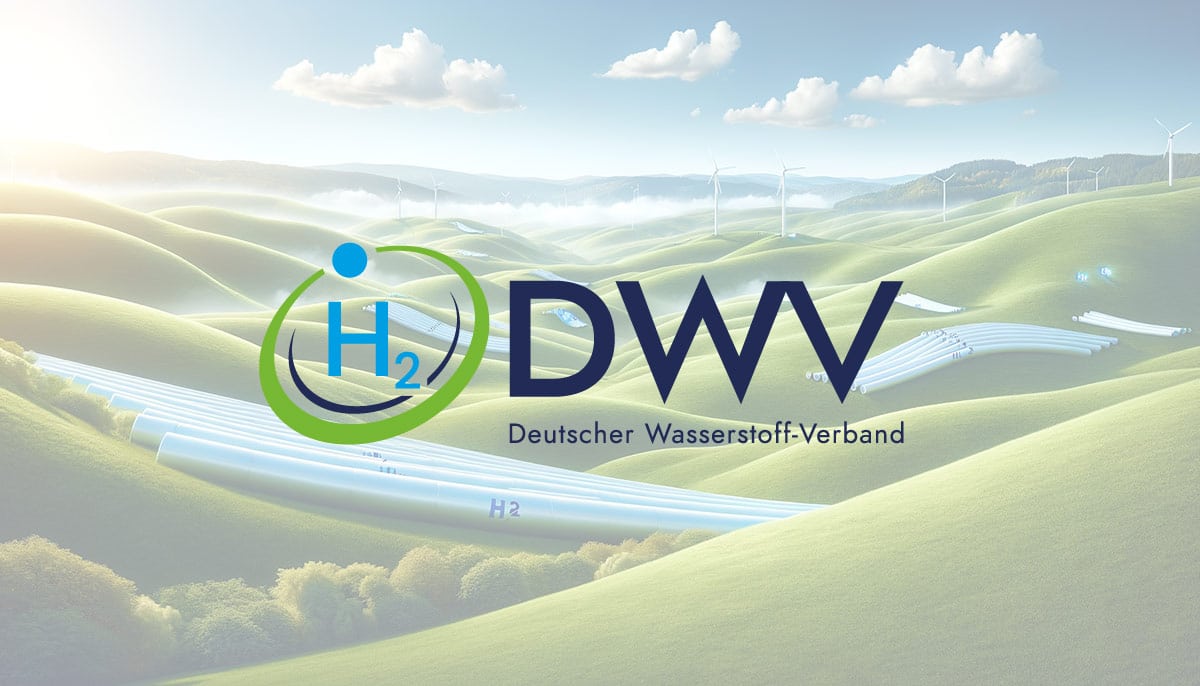When is green hydrogen actually green? Defining this is crucial for ramp-up of the H2 economy in Europe. And that is why it is good that the respective delegated act is finally to be published and provide an EU definition for the first time. This is good – despite its deficiencies, from my point of view.
Three criteria for the definition of green hydrogen are particularly important:
- Origin: The electricity used to generate green H2 must come from renewable energy plants or installations.
- Simultaneity: The generation and the consumption of green electricity should demonstrably occur within one quarter of an hour.
- Regionality: The production of green H2 should not lead to more grid bottlenecks. Accordingly, the generation of the electricity and its consumption in the electrolysis must be upstream of the next grid node, or generation and consumption must take place before the next grid bottleneck.
Only when all of these are fulfilled is the electrolysis grid-serving, because only then does it unburden our power grid. The delegated act would therefore have to be structured in a way that promotes the grid-serving nature of electrolysis and thus maximally accelerates the expansion of renewables throughout Europe. Because that is the foundation for the establishment of a green H2 economy as well as for the decarbonization of all sectors – and for meeting our climate targets.
Unfortunately, the delegated act does not match these criteria in all instances. Until April 2028, the temporal correlation is required within a time interval of one quarter of a year, rather than the quarter-hour interval already stipulated for electric grid feed-in/withdrawal accounting in Germany today. Starting in 2028, the correlation within one hour will be required.
The delegated act also does not try to guarantee the expansion of renewables via a compulsory grid-servitude but rather a so-called additionality, according to which almost exclusively electricity from new plants could be used as a basis for green hydrogen. For electrolysis stations that go into operation by the end of 2026, green electricity obtained from any eligible electricity generating installation that qualifies as renewable under the EEG laws (German renewables expansion) could have been included in some way, but the formulated exceptions only refer to the obtainment of electricity from the grid. Furthermore, in the case of a direct supplying of power, the electricity generating stations had to have gone into operation no earlier than 36 months before the electrolyzer. Yet for this, a spatially near direct supplying – including from old installations – would be much more grid-beneficial.
On the subject of spatial nearness: According to the latest draft of the delegated act, this criterion is already fulfilled when the electrolyzer and power generating structure lie in the same bidding zone. So I could produce electricity in Nordfriesland (extreme North of Germany) and run the electrolysis in Garmisch-Partenkirchen (extreme South). This is certainly not grid-serving.
Why is it nevertheless good that the delegated act will soon be in effect? Because only when legal certainty prevails will investments be made in the domestic green hydrogen economy.
The delegated act builds the foundation for targeted support of the use of green hydrogen via the generation of GHG (greenhouse gas) certificates. For this, the necessary adjustment of the crediting rules for e-fuels in the 37th BImSchV (ordinance on implementation of German emissions reduction law) has still to take place in 2022. Because only when the right incentives are created will significant quantities of green hydrogen be produced here in Germany and Europe.
Haste is needed: As part of the US Inflation Reduction Act, many billions are being invested in establishing the green hydrogen economy there. The consequence: US companies are currently buying up electrolyzers and the components needed for them. European electrolyzer manufacturers are considering moving production there, and US companies are increasingly acquiring interest in manufacturers from the EU in order to secure capacities for themselves.
For ramp-up of the hydrogen economy in Germany and Europe, equally strong incentives are urgently needed. Otherwise, after the solar and wind power plant industries exit, Europe is facing the collapse of the next crucial pillar of the energy transition.
Author: Ove Petersen, GP Joule, Reußenköge, Germany, info@gp-joule.de


























0 Comments